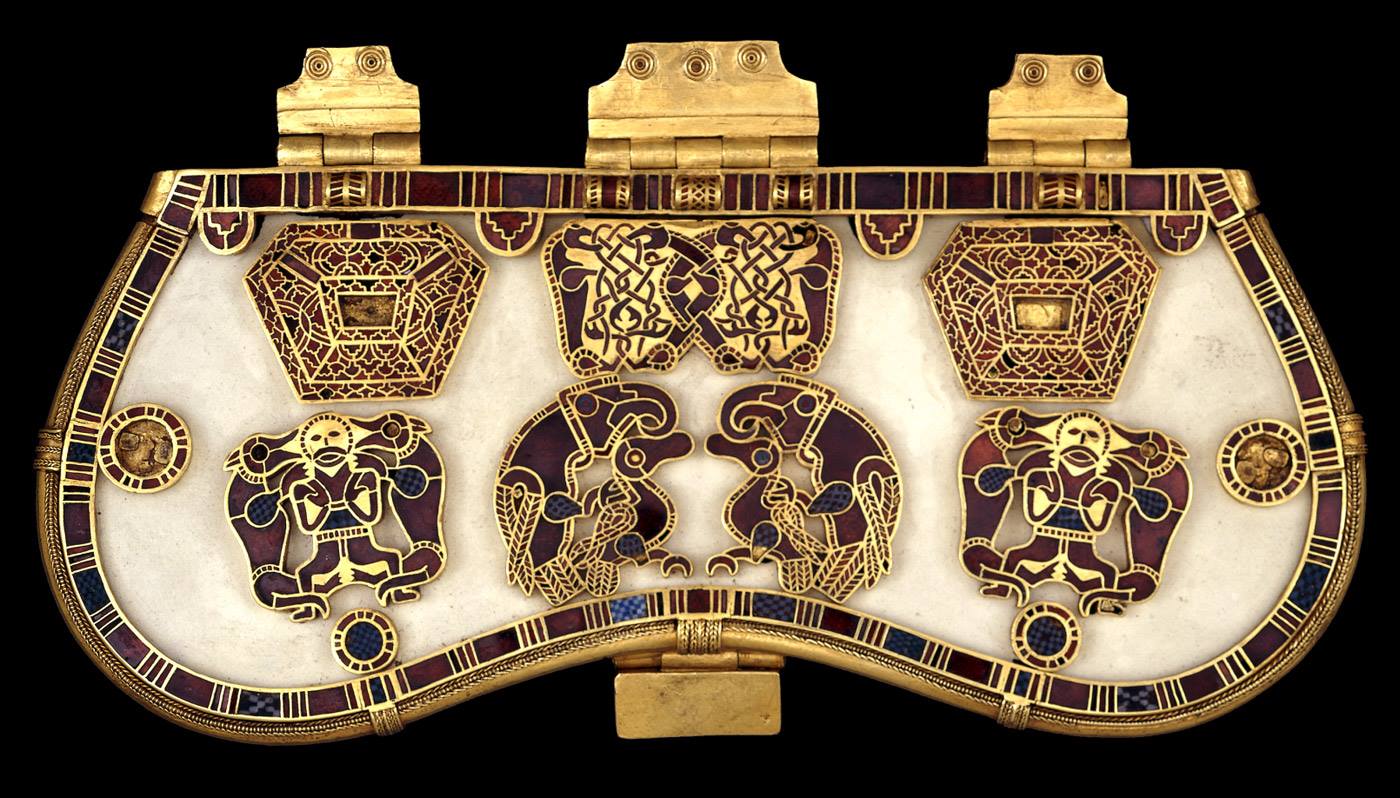deleted by creator
I always wonder about the story behind oddities like this. Was he buff, and it a pun? Or was it his nickname for an unrelated reason? Or did he just dig mice?
In all cases, it’s an odd little humanizing piece of the past!
What’s the arched piece of metal over the forehead for? I thought that armor intended for combat use generally didn’t have things on it that would be easy for an opponent to grab.
Helmet ridges were popular in certain regions and eras of the Empire to deflect downward-striking blows - the popularity of the ridge waxed and waned as it was needed. When the Romans encountered the Dacians with their long, curved-blade falx, ridged helmets became very popular, as a downward strike with the falx could glance off of one’s helmet… and smoothly slide down to gouge out a poor legionary’s eye, or poke into his soft, squishy brain. The ridge there causes a blow to lose momentum, or deflect outward, rather than letting it slide inwards towards the unprotected face.
The neck brim looks like it adds an ungodly amount of weight without much utility.
The flaring-out preserves range of neck movement while still protecting the neck, one of the easiest fleshy bits to get nicked and die from. All armor is made of compromises - usually uncomfortable ones! The cheekguards, missing on this helmet, would give a little more neck coverage from a cutting blade in tandem with the neck brim, leaving only a relatively narrow exposed bit that can be stabbed into.
Don’t skip neck day!


